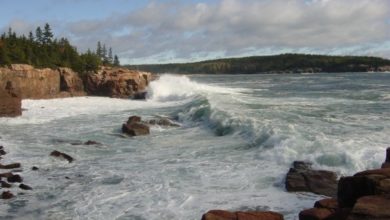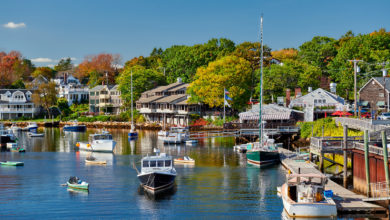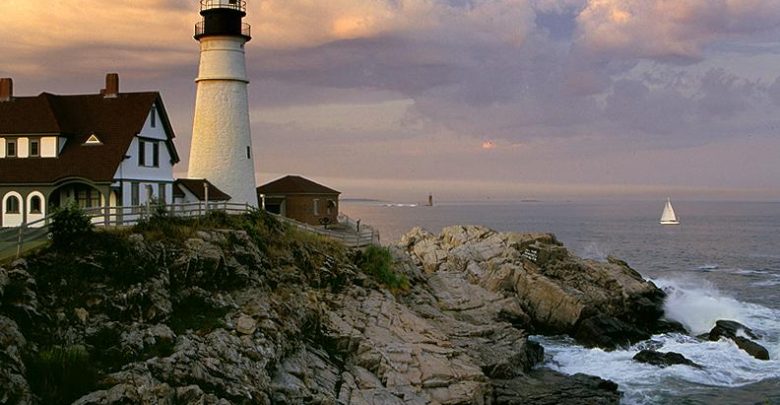
Though settled in the 17th century by Europeans, the state of Maine became the 23rd member of these United States in 1820. Maine is the country’s easternmost state and stands out from its 49 counterparts for several reasons. The jagged rocky shoreline and dense forests make Maine the perfect place for naturists to explore, and the seafood is second to none! Here are six things that set the Lumber State apart from other states.
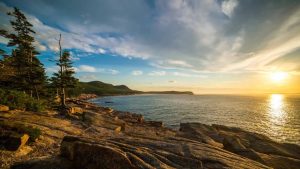
It’s home to Acadia National Park.
Acadia National Park is located near Bar Harbor, Maine. It was established in 1916 to protect the highest of the rocky headlines on the Atlantic coast. More than 3 million people visit Acadia National Park each year. The park has a myriad of scenic views and attractions along a 20-mile park loop.
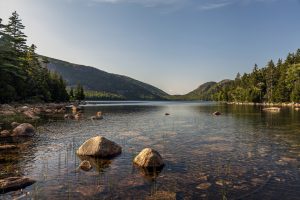
It is the oldest national park east of the Mississippi River and boasts 7 peaks higher than 1,000 feet, 158 miles of hiking trails and 6 different stone bridges. Cadillac Mountain is located on Mount Desert Island within the boundaries of the park, and at 1,530 feet in elevation, it is the highest point on the North Atlantic seaboard. The mountain is named for Antoine Laumet de la Mothe, sieur de Cadillac—the same man for which Cadillac vehicles are named. Between the months of October and March, Cadillac Mountain is one of the best places to watch the sunrise.
Activities at Acadia National Park include camping, ranger-guided bike tours and boat cruises, other ranger programs, bus and carriage tours, fishing, birdwatching and horseback riding. To plan your visit to Acadia, go to www.nps.gov/acad.
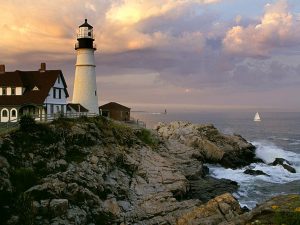
Lighthouses guide the way.
Sixty-seven of them, to be exact. Some of Maine’s lighthouses date back to the 1700s. The oldest lighthouse in the state is the Portland Head Light, also called Cape Elizabeth Lighthouse. The general court of Massachusetts appropriated an amount of $750 for the building of the lighthouse on the shores of Cape Elizabeth in 1787. But in 1790 when the United States government took responsibility for lighthouses, it provided an additional $1,500 for the lighthouse to be completed. Sixteen whale oil lamps illuminated the lighthouse for the first time on January 10, 1791.
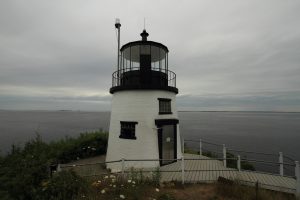
The tallest lighthouse in Maine is the Boon Island Light. It stands on tiny barren Boon Island, just off the coast of Maine near Cape Neddick. It stands over 13 stories high. Maine’s shortest lighthouse—Owl’s Head Lighthouse in Owl’s Head, Maine—was built in 1825 and only stands 26 feet high. It illuminates Penobscot Bay in Knox County.
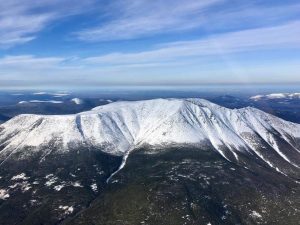
Mt. Katahdin is home base for the northern end of the Appalachian Trail.
Mt. Katahdin in Baxter State Park is the highest point in the state and is made of a series of several summits. The mountain stands 5,267 feet tall, and its highest summit is Baxter Peak. Mt. Katahdin is the northern terminus of the Appalachian National Scenic Trail, meaning the mountain is the starting point for the trail.
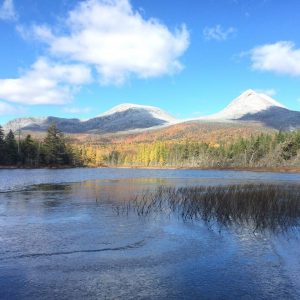
Baxter State Park offers visitors more than 215 miles of hiking trails, as well as a playground of more than 210,000 acres of wilderness to explore. Camping is also available as the park is home to almost 350 campsites. For more information about this scenic state park, visit www.baxterstatepark.org.
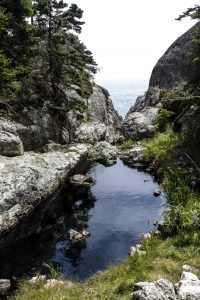
Volcanoes?
When you think about the state of Maine, surely volcanoes aren’t the first thing with which you associate it. But one look at the state’s hundreds of miles of rocky and jagged coastlines begs the question, “How did the coastline get like that?”
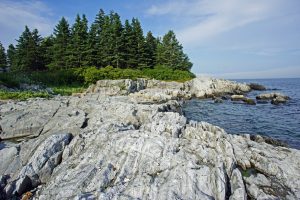
Earth science 101 teaches us that rocks and mountains are largely the work of geologic changes and seismic activity. Maine is no exception. Geologists believe that the coastlines of Maine were formed by some of the most violent eruptions on earth eons ago. Their studies have led them to the conclusion that the east coast was formed by massive “super-eruptions” that caused ash and lava to pile up. Today, Maine’s coast has at least four volcanoes. The original volcanoes have long since eroded, but the area shows signs of a volcanic past. A giant caldera lies in Isle au Haut where scientists believe there were massive levels of volcanic activity once upon a time. And Cranberry Island itself is made largely of volcanic tuff—rock made from volcanic ash.
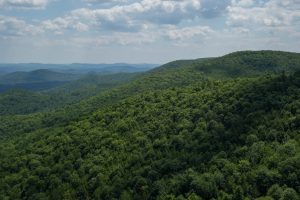
It’s the Pine Tree State.
The state flag has a pine tree on it, as Maine is often called the Pine Tree State. As of 2012, nearly 83% of the state was covered in forests, making it second only to New Hampshire in tree coverage among the contiguous United States. That’s a lot of shade and a lot of pine cones!

Lobsters, lobsters and more lobsters!
If you love lobster, you’ll probably feel right at home here. The state of Maine is a proverbial mecca of lobsters. The two simply go hand-in-hand. That’s because almost 90% of the United States’ supply of lobster is the work of some 4,600 licensed lobstermen in Maine who catch an average of 40 million pounds of the delectable crustacean each year. Maine also hosts an annual lobster festival, complete with over 25,000 pounds of lobsters hauled in by 1,000 festival volunteers. The event is usually held in the summertime and affords festival-goers 5 days to enjoy all things lobster! Hungry? Heading to Maine soon? Check out www.mainelobsterfestival.com.

